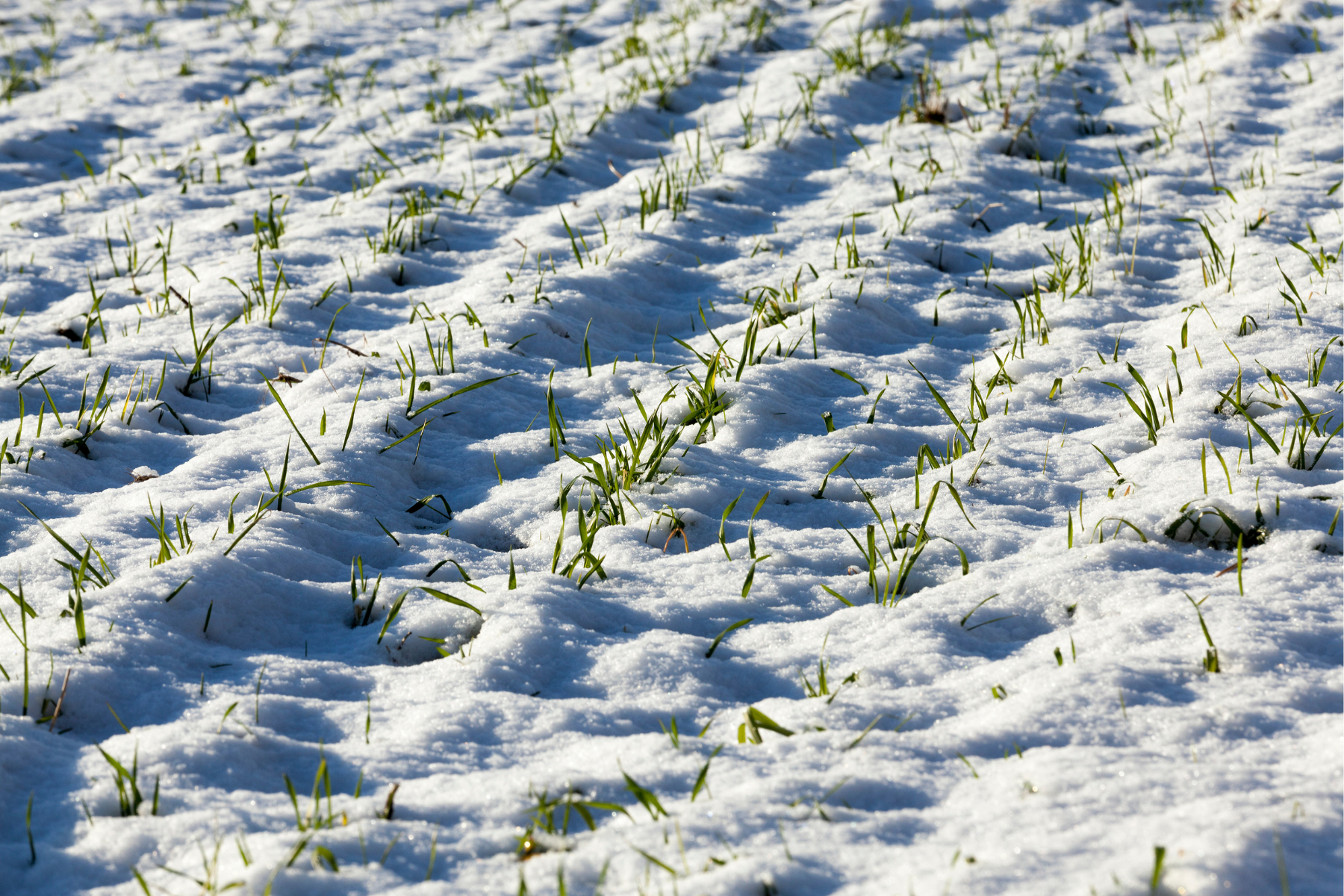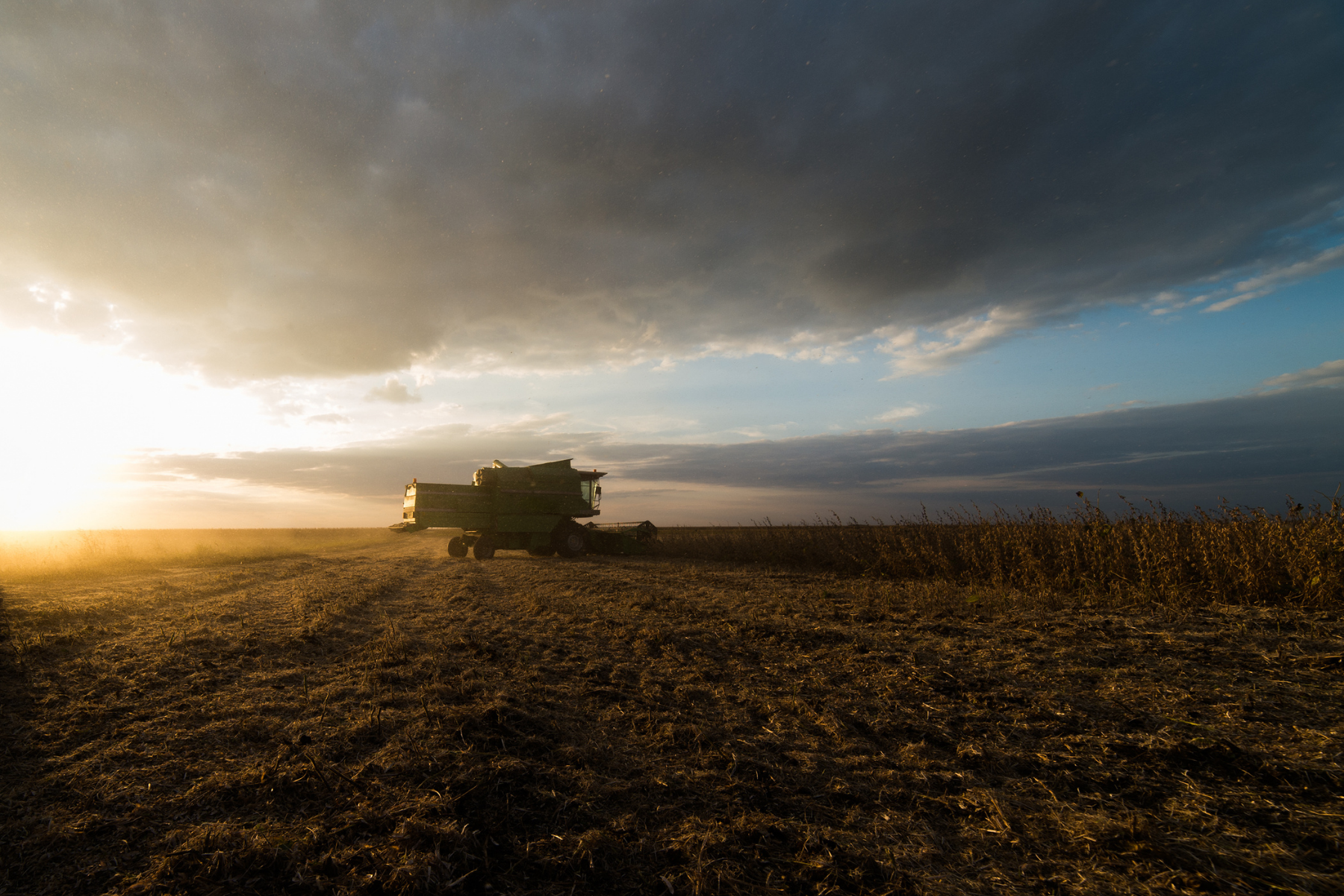Author: Jeremy Johnson, Sylvite
By November, most wheat planting in Ontario is complete, but growers can still establish a successful wheat crop with strategic late-season management. Because colder soils and shorter days reduce tillering, increasing seeding rates by 10–20%—targeting 1.8 to 2.2 million seeds per acre—helps ensure adequate plant density for strong spring growth. Precise drill calibration becomes especially important to achieve uniform stands.
Late planting heightens the risk of seedling disease, making fungicidal seed treatments critical for protecting against pathogens like Fusarium and Pythium. Growth-promoting treatments may also improve root development during the short fall growth window. Starter fertilizers, especially phosphorus placed near the seed, support root establishment in cool soil, most starter fertilizers have a modest nitrogen component which can enhance seedling vigor if conditions allow.
Residue management is another key factor: excessive crop residue can cool the soil and impede emergence, so spreading or lightly incorporating residue helps maintain a clean, consistent seedbed. Proper planting depth—1 to 1.5 inches—is essential to balance moisture access and overwinter protection. Seed to soil contact is also key, make sure the seed trench is closed maximizing seed contact. Selecting winter-hardy, disease-resistant varieties increases the crop’s chances of surviving harsh winter conditions.
Weed control becomes more important in late-planted fields, as established winter annuals can compete aggressively in early spring. A pre-plant or pre-emergent herbicide can reduce pressure going into winter. Since late-planted wheat enters winter with limited biomass, early and well-timed spring nitrogen topdressing—potentially in split applications—is crucial to drive tillering, canopy development, and ultimately yield potential.
When deviating from the optimal winter wheat planting window by 6 weeks you can expect to have a yield decrease of about 15%. Meaning, if your average yield is 120 bu/ac or better, you still can have a 100 bu/ac crop. There is negligible difference between the middle of November planting and the middle of December as we have lost very few growing degree days in that time period.
With thoughtful adjustments to seeding, fertility, residue management, and variety selection, Ontario farmers can make November/December wheat planting a viable and profitable option, positioning the crop to perform well and capture opportunities in the high-quality wheat market for 2026.



